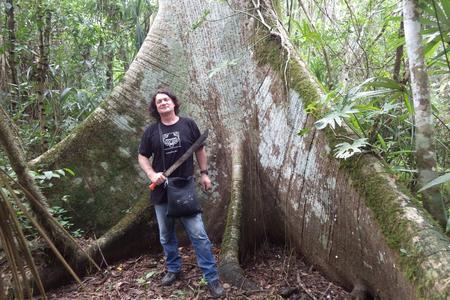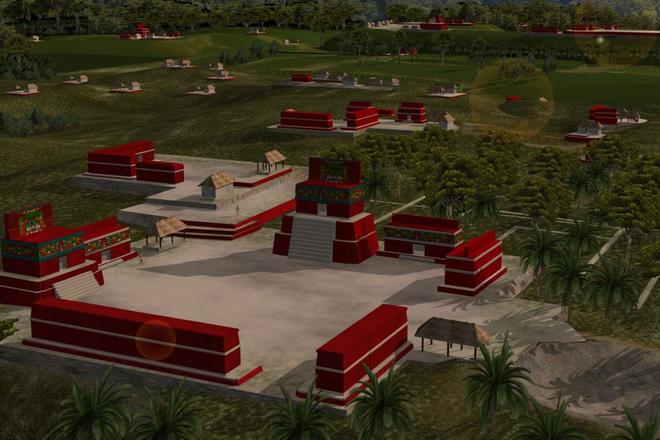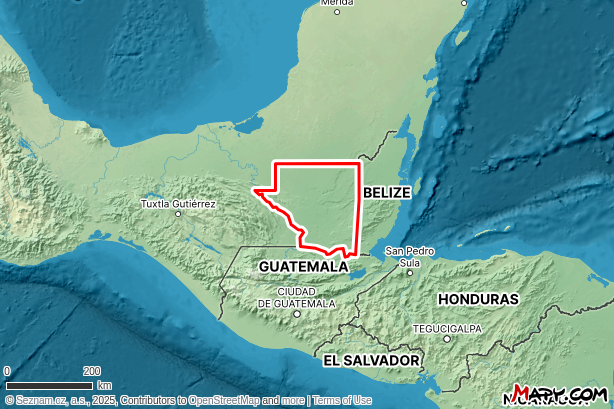In the dense rainforests of northern Guatemala, a team of Slovak and Guatemalan archaeologists has uncovered the remains of a Maya city believed to be nearly 3,000 years old, shedding new light on the early stages of one of the world’s most sophisticated ancient civilisations.
Led by Professor Milan Kováč of the Department of Comparative Religion at Comenius University in Bratislava, the researchers announced the discovery of the site, named Los Abuelos – The Grandparents – after two human-like stone statues likely associated with ancestor worship.
Ancient Mayan cities in Guatemala
These cities have been rediscovered in the Petén jungle since the 19th century.
Three newly identified cities (Los Abuelos, Petnal, and Cambrayal) have recently expanded Guatemala’s known pre-Columbian landscape.
These discoveries were made by the Uaxactun Archaeological Project (PARU), active since 2009.
PARU covers nearly 1,200 km² around Uaxactun and has identified around 176 sites, with 20 excavated (10 major, 10 minor).
Slovak institutions, including Comenius University, have been instrumental partners in the project.
Source: Guatemala's Culture Ministry
Speaking at a press conference in Guatemala’s capital at the end of May, Professor Kováč described the site as potentially “one of the oldest and most significant ritual centres” of the preclassic Maya period. The settlement, covering approximately 16 square kilometres in the province of Petén, dates back to between 800 and 500 BCE. Some artefacts, including the seated statues – thought to depict a male and female pair – are from the period 500 to 300 BCE.
Standing at roughly 1.5 metres tall, the figures were found beside intentionally broken ceramics, suggesting ritual activity. The team also uncovered pyramids, altars, fragments of stelae and an observatory.
Located 21 kilometres from the archaeological site of Uaxactún and 40 kilometres south of the UNESCO World Heritage Site of Tikal, Los Abuelos lies in a region dense with cultural significance. The newly discovered site appears to have been used continuously for ceremonial purposes for over a millennium, before falling into disuse – only to be revived briefly around 800 CE.
The Slovak–Guatemalan team also reported findings at two nearby locations, Petnal and Cambrayal. In Petnal – believed to have served as a political hub during Maya times – they uncovered a 33-metre-high pyramid, the tallest in the area studied so far. It also contains preclassic murals.

Kováč also drew attention to the discoveries in Cambrayal, which include a remarkable system of stucco-lined canals stretching 57 metres. Originating from a reservoir atop a palace, the canals run down through the building’s façade and into the surrounding area. Rather than serving for water supply, they appear to have functioned as a drainage system, likely used to dispose of waste.
Three newly identified cities
Los Abuelos:
Ceremonial centre, occupied during the Middle and Late Preclassic, and again in the Late Classic.
Named after two ancestral sculptures (“grandfather” and “grandmother”).
Features an early Group E astronomical complex.
Included a burial site, animal remains, offerings, and informative stelae.
Petnal:
Likely a political centre with a 33-metre pyramid and preserved mural paintings.
Features zoomorphic altars shaped like frogs.
Cambrayal:
Notable for a 57-metre canal system likely used for drainage, not water transport.
Includes a “pot-bellied” sculpture, typical of the South Coast.


 An ancient city of the Mayan civilization. (source: Guatemala's Culture and Sports Ministry)
An ancient city of the Mayan civilization. (source: Guatemala's Culture and Sports Ministry)
